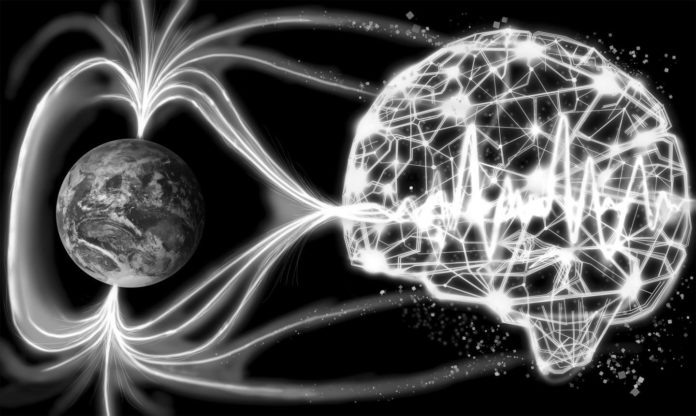By using Machine learning techniques, scientists at the Tokyo Metropolitan University have achieved fast, precise estimation of local geomagnetic fields. They took help of data gathered from multiple observation points that allowed them to detect changes caused by earthquakes and tsunamis.
Moreover, scientists have developed a deep neural network (DNN) model and trained it using existing data. They got a quick, efficient strategy for assessing magnetic fields for phenomenally early detection of a natural disaster. This is vital for creating successful warning systems that may help diminish setbacks and boundless damage.
The decimation caused by earthquakes and tsunamis leaves little uncertainty that a viable way to anticipate their rate is of fundamental significance. Surely, systems now exist to warn people just before the arrival of seismic waves; yet, usually, the case that the S-wave (or secondary wave), that is, the later piece of the quake, has just arrived when the warning is given. A faster, more precise means is distressfully required to give local residents time to look for safety and minimize casualties.
It is realized that quakes and tsunamis are accompanied by confined changes in the geomagnetic field. For earthquakes, it is basically what is known as a piezo-magnetic effect, where the arrival of a massive measure of accumulated stress along a fault causes nearby changes in a geomagnetic field; for tsunamis, it is the sudden, immense development of the sea that causes varieties in atmospheric pressure.
This thus influences the ionosphere, accordingly changing the geomagnetic field. Both can be recognized by a network of observation focused at different areas. The significant advantage of such a methodology is speed; recollecting that electromagnetic waves travel at the speed of light, we can momentarily distinguish the rate of an occasion by observing changes in the geomagnetic field.
However, how can we tell whether the detected field is anomalous or not? The geomagnetic field at various locations is a fluctuating signal; the entire method is predicated on knowing what the “normal” field at a location is.
Thus, Yuta Katori and Assoc. Prof. Kan Okubo from Tokyo Metropolitan University set out to develop a method to take measurements at multiple locations around Japan and create an estimate of the geomagnetic field at different, specific observation points. Specifically, they applied a state-of-the-art machine-learning algorithm known as a Deep Neural Network (DNN), modeled on how neurons are connected inside the human brain.
By feeding the algorithm a vast amount of input taken from historical measurements, they let the algorithm create and optimize an extremely complex, multi-layered set of operations that most effectively maps the data to what was actually measured. Using half a million data points taken over 2015, they were able to create a network that can estimate the magnetic field at the observation point with unprecedented accuracy.
Given the relatively low computational cost of DNNs, the system may potentially be paired with a network of high-sensitivity detectors to achieve lightning-fast detection of earthquakes and tsunamis, delivering an effective warning system that can minimize damage and save lives.
The study has been published online in the journal IEICE Communications Express.
